PROTECT YOUR DNA WITH QUANTUM TECHNOLOGY
Orgo-Life the new way to the future Advertising by Adpathway
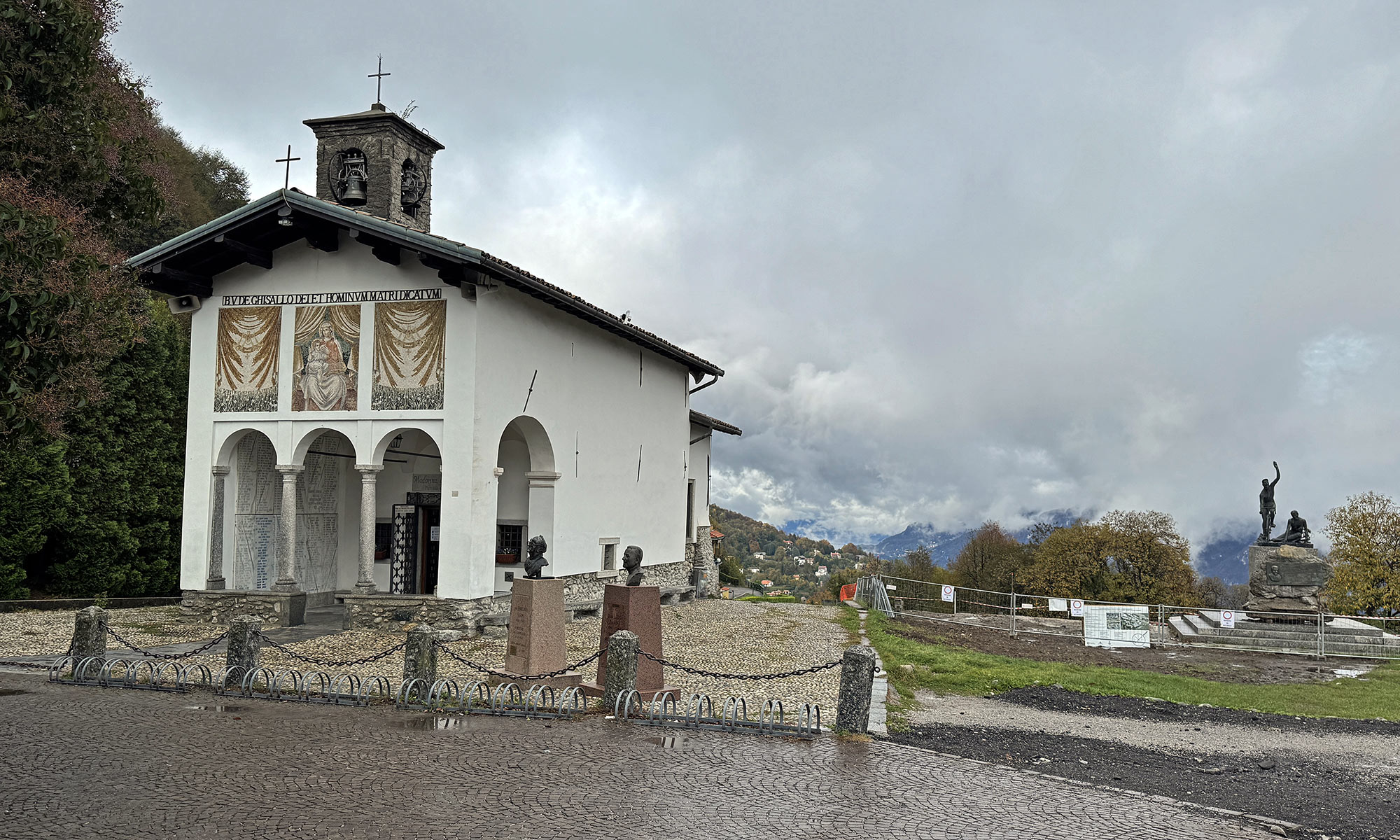 (All photos/Cory Benson)
(All photos/Cory Benson)Last week I was in northern Italy to visit the factory of two cycling industry icons, and to test ride two coming-soon road bikes. While I was there on a cool, rainy autumn afternoon, I had the chance to look around inside the Ghisallo Cycling Museum. Inside are hundreds of bikes from the earliest days on two wheels up to today – some of which clearly exhibit pioneering technologies.
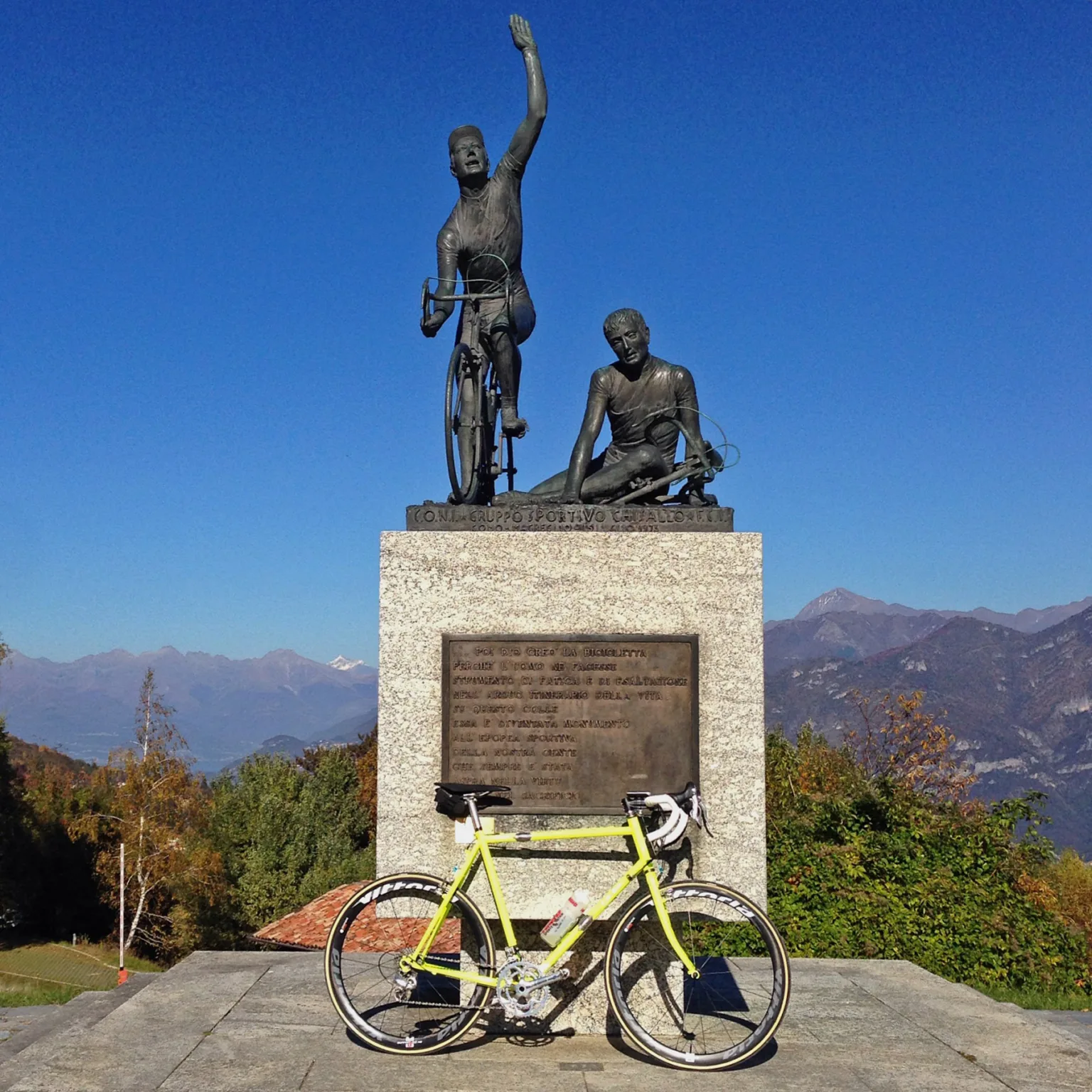

It wasn’t my first time there. I’d ridden up this hill twice before in much sunnier and warmer weather. But seeing as how the museum was founded in 2006 by Fiorenzo Magni – the original pro cyclist to earn the title Lion of Flanders for his consecutive 1949-1951 Ronde van Vlaanderen wins in cold and wet weather (before Johan Museeuw half a century later) – I thought it fitting to dig deeper, past his rain-soaked bust outside.
OK, so what’s inside the museum?
1950 Aero Bike prototype predicted the future

So let’s start with an aero bike prototype, since aerodynamics are all the rage these days.
But this one, even though it is 75 years old, doesn’t look all that different than what we see today. Created by an Italian engineer named Cristoforo Gazzoni in 1950 at a time when every bike was made of lugged steel, he had to think outside the box.
He knew what he wanted, and to get aerodynamic shapes, Gazzoni carved lightweight balsa wood cowls that fit over almost every tube on the bike, as well as the bar, stem & cranks. Then he wrapped his creation like a mummy in fabric tape to smooth airflow over the complete bike.


The steel cottered cranks not only got aero wood arms, but also a pair of aerodynamic covers that sandwiched the chainring.
For the wheels, they stuck with low-profile steel tubular rims and 36 spokes, but Gazzoni stretched canvas covers over top, with sewn-in zippers to access their valves.

Even the bar and stem got the balsa wood aero treatment. And when he wrapped it all in fabric tape, Gazzoni effectively created the world’s first aerodynamic 1-piece integrated cockpit design.

I mean, come on, that clearly looks like a lot of current 1-piece aero cockpits, right? Well, at least without the chunks of wood peeking out. It even has an integrated aero upper headset cover.
Campagnolo did wireless 1x all-road derailleurs 75 years ago!

Onto the next of the Ghisallo Museum visionaries is this early Campagnolo derailleur design. It’s 1x and no wires to worry about routing, or even batteries to keep charged.
Instead, this Campagnolo Paris-Roubaix derailleur, patented in 1948/49, uses a single lever to loosen the rear axle AND move a small cage in & out to guide your chain onto the next cog. A complex arrangement of internal and external planetary gears and ratchet make it all work.

The trick is, you need to back pedal to shift, but not so hard that you accidentally eject the rear wheel out of the forward-facing dropouts. Plus, it can only shift a very narrow range of gears, since the axle had to slide forward a little more than 3mm for each extra tooth added out back, also messing with the alignment of brake shoes on your rim.
But it obviously worked. Because at the heart of the Ghisallo Museum is this is the Bianchi road bike that Fausto Coppi raced to win Paris-Roubaix in 1950.
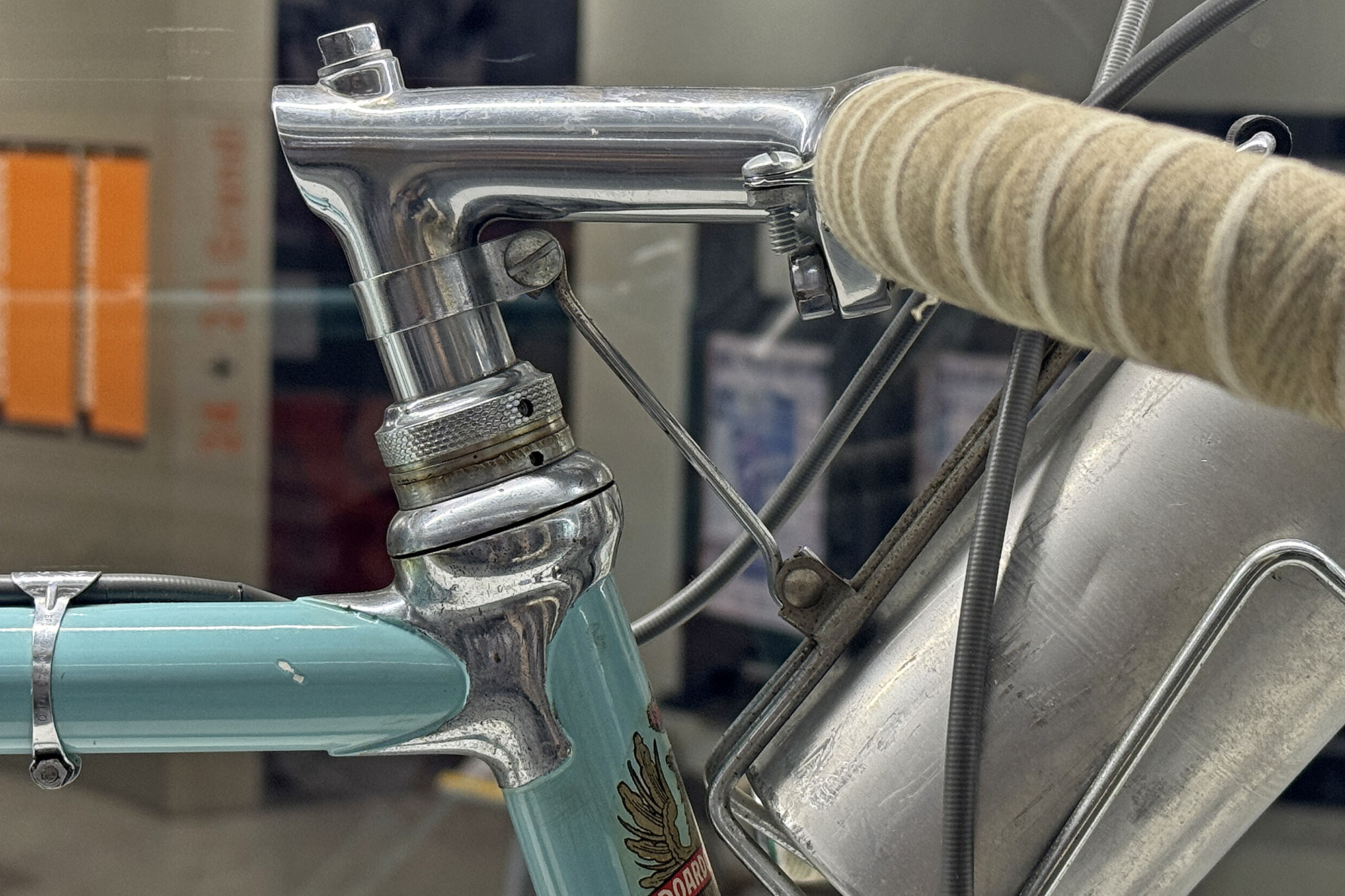
Coppi’s Roubaix bike also has plenty of other trick details, including this water bottle cage with a strut attached to the stem for stability that would give modern bikepackers ideas.
Early derailleur concepts were wild!

The Ghisallo Museum has a whole swath of bikes chronicling the advent of gears on (often gravel, at the time) road racing bikes. The complex single lever Campy setup on Coppi’s bike was a response to the simpler two levers of its previous generation.


With this one, the rider loosened the Campagnolo quick-release with the upper lever. Then, they used the lower lever to guide the chain back-and-forth onto 3-5 different cogs – again while backpedaling. Then, you just clamped the top one tight again, riding away with the miracle of multiple gears (albeit closely spaced).
Easy-peasy.

Campy certainly wasn’t the only game in town for the early days of wacky derailleurs. More than a decade earlier, this 1938 Tour de France winning bike of Gino Bartali was fitted with the third generation of Vittoria’s Margherita derailleur / shifting system. This one didn’t require disconnecting the rear wheel while riding. It still used big wing nuts for tool-free tire changes. But rather it used a big chain tensioner operated by a mid-bike shift lever. Push the lever forward to release tension. Twist the head to push the chain side-to-side with flaps attached to the head via a long flexible shaft. Then, lock tension back to ride forward.
Yes, this one also required backpedaling to shift. So be thankful that we shift while pedaling forward these days.
Cycling History from 1791 to Today
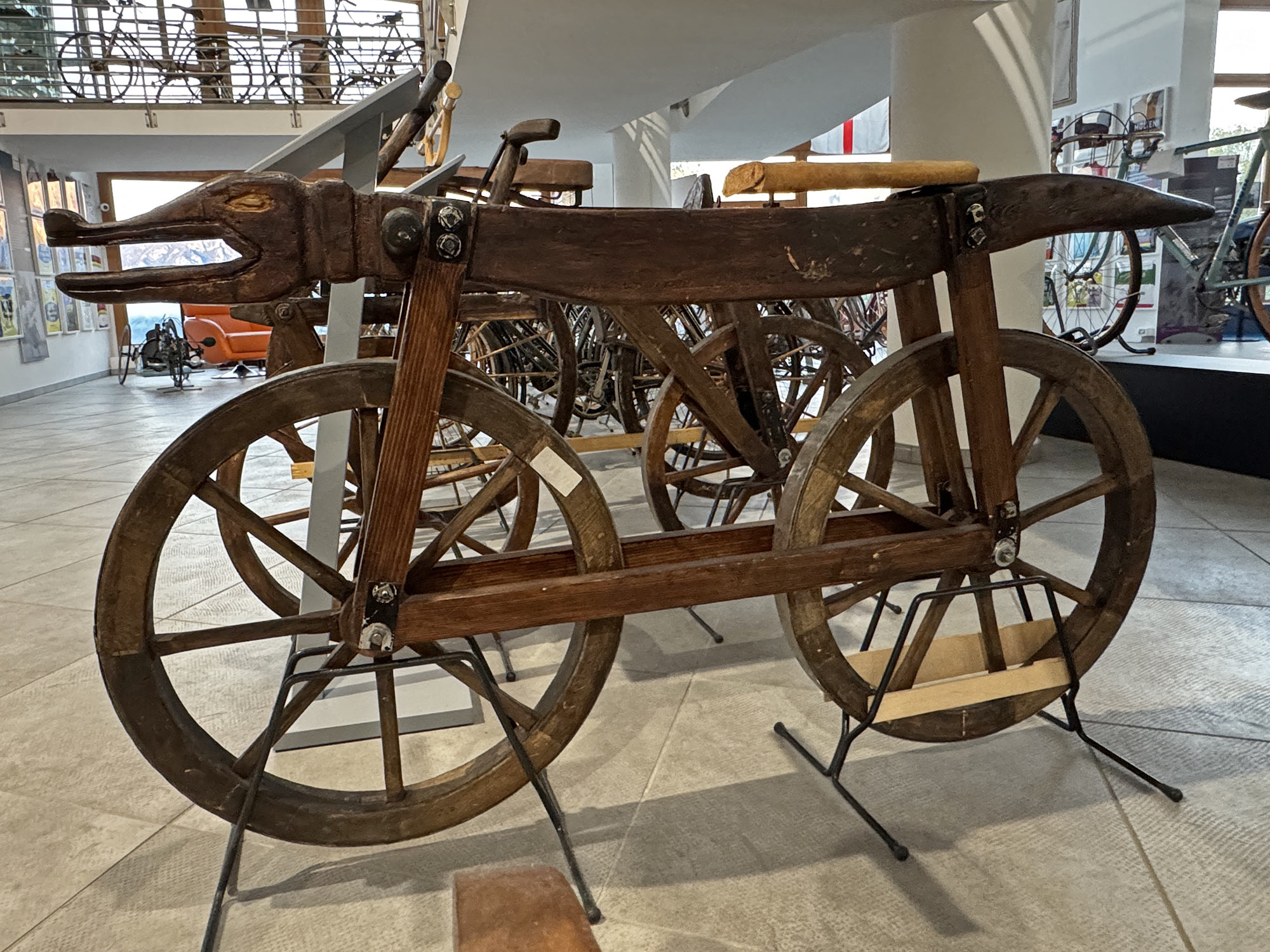
The collection of the Ghisallo Museum spans from the absolute origins of 2-wheeled cycling up until the modern day. There’s a lot to see. And fellow bike nerds like myself could spend hours poring over the details for the incredibly reasonable 6€ entrance fee.
Take for instance, this recreation of the Celerifere from 1791. A precursor to actual bikes, it was literally just two wooden wheels connected with an animal on top to scoot around on.

Not only can you see a full-scale velocipede replica in their ‘Evolution of the Leisure Bicycle’ section, the Ghisallo Museum gift shop actually has mini replicas of the replica that you can take home, too.

It’s not all old bikes, though. The Ghisallo Museum has a long-standing relationship, established as its founder Magni was a mentor to Ernesto Colnago, who worked as a mechanic for the 3x Giro d’Italia winner.
That continues today, with special Giro, Tour, and World Championship-winning editions of Tadej Pogačar’s bikes.
Unrivalled jersey collections
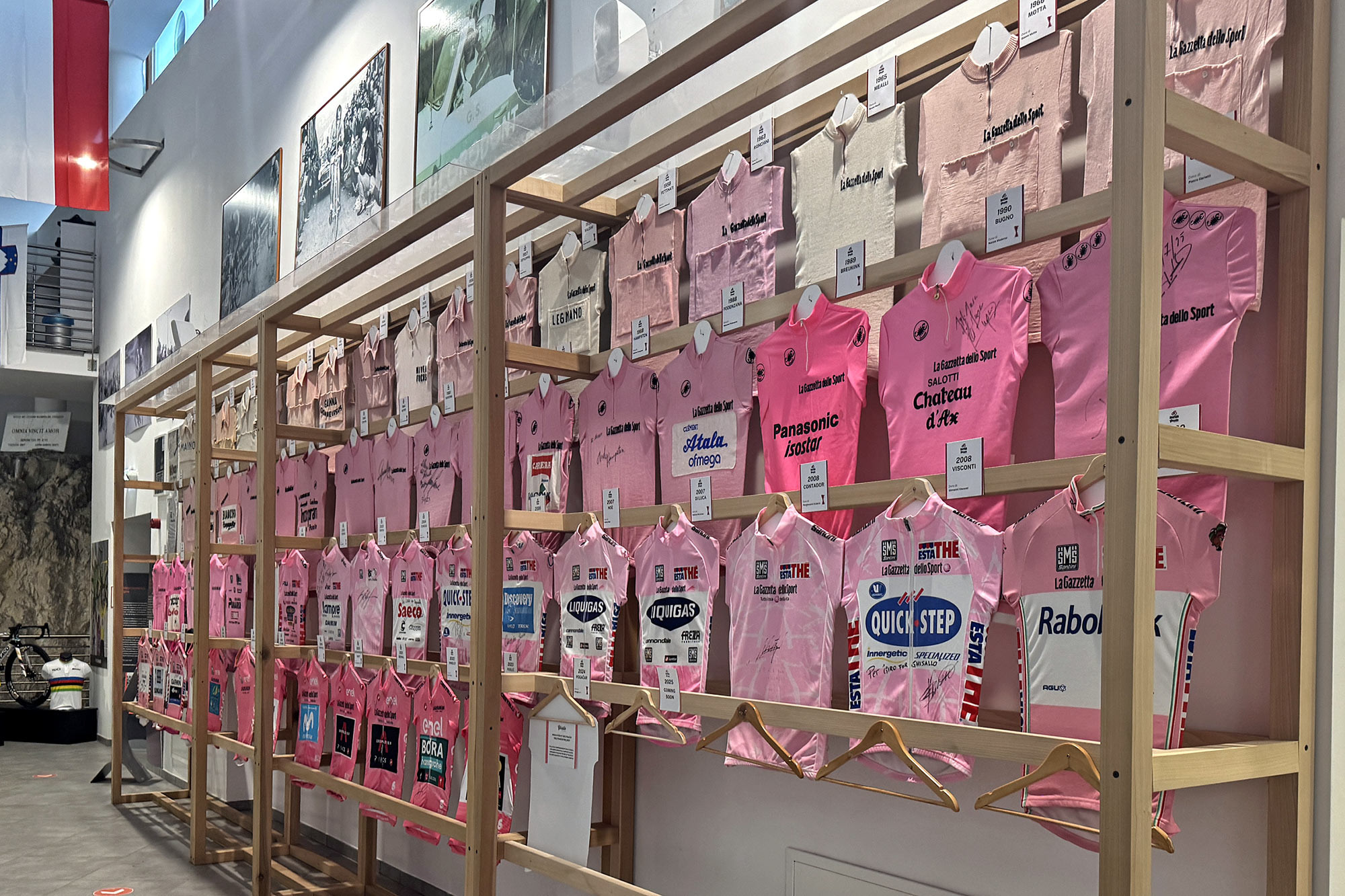
Beyond Pogačar’s recent jersyes, the Ghisallo Museum also has the largest collection of Giro d’Italia winners’ jerseys. All donated by pro cyclists, team sponsors, or collector fans, the museum is still working to get an authentic jersey for every edition of the Italian Grand Tour since it started in 1909.

It’s not just Giro jerseys either. They continue to collect iconic professional team jerseys tracking the history of bicycle racing.
Ghisallo Museum’s unending cycling collection


The Ghisallo Museum displays around 120-140 bikes at a time. But like many collections, there’s even more in the archives.
There are lots of classic lugged steel Colnagos on display. And even a healthy dose of drillium if you look closely.
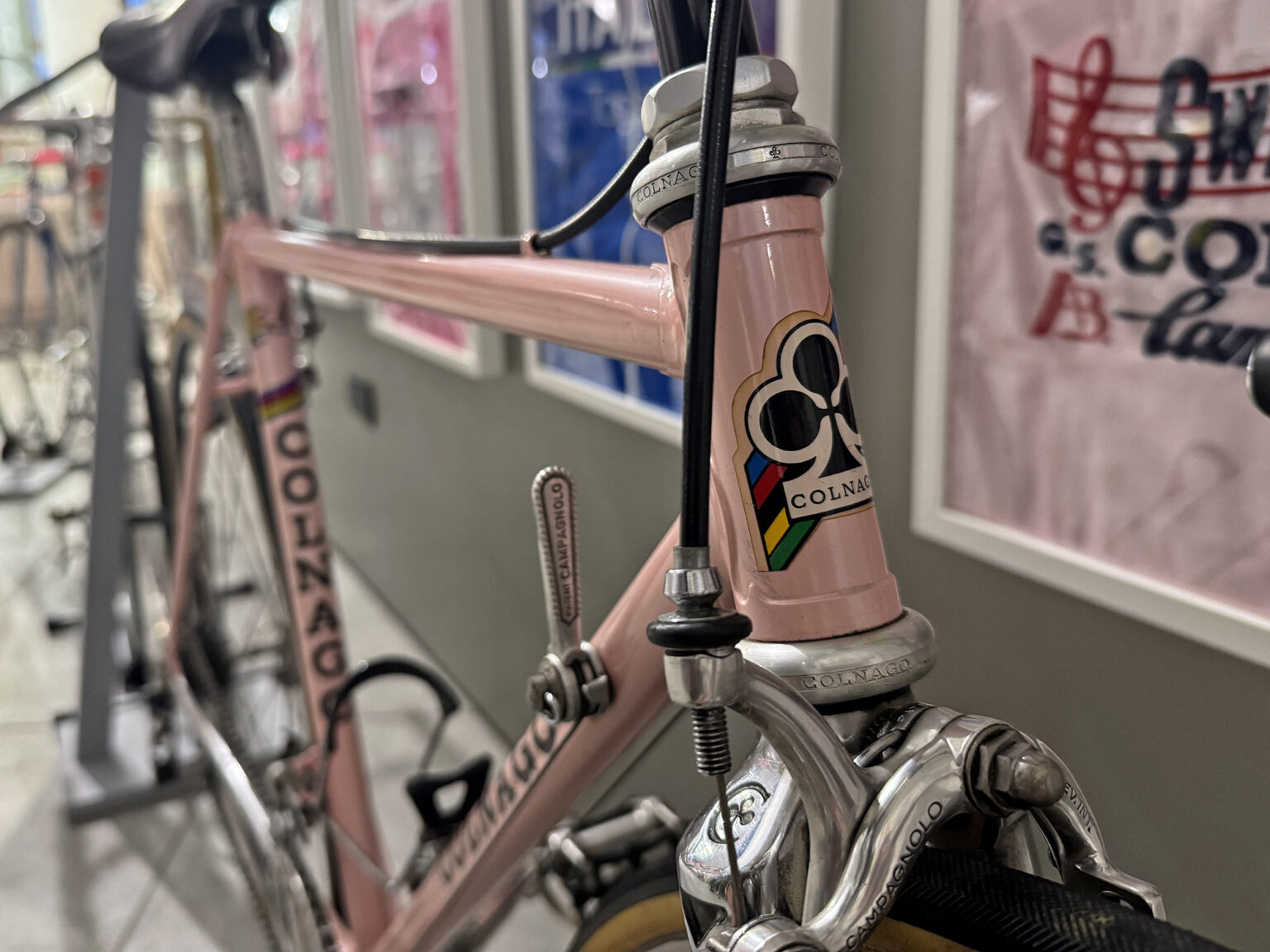


There were tons of cycling innovations between the 1980s and early 2000s, so I found a lot of bikes of those eras to nerd out on, too.
Like this Sweet ‘n Low pink steel Colnago New Mexico bike of female pro Nadia Sambruni with Campagnolo Super Record and ‘lightweight’ aluminum wheels. Or this aluminum Team Telekom Pinarello that Jan Ullrich rode to a 2nd place to Marco Pantani in the 1998 Tour de France, this one with Campagnolo Record Titanium 9-speed and integrated Ergopower shifters. Or almost into the modern age with the 2003 Giro d’Italia-winning Cannondale CAAD7 of Gilberto Simoni with 10sp Record Carbon, alloy spoke Mavic wheels, and a Cinelli RAM (Road Aero Monocoque) bar+stem combo, the first 1-piece carbon integrated cockpit more than two decades ago.
How quickly things changed

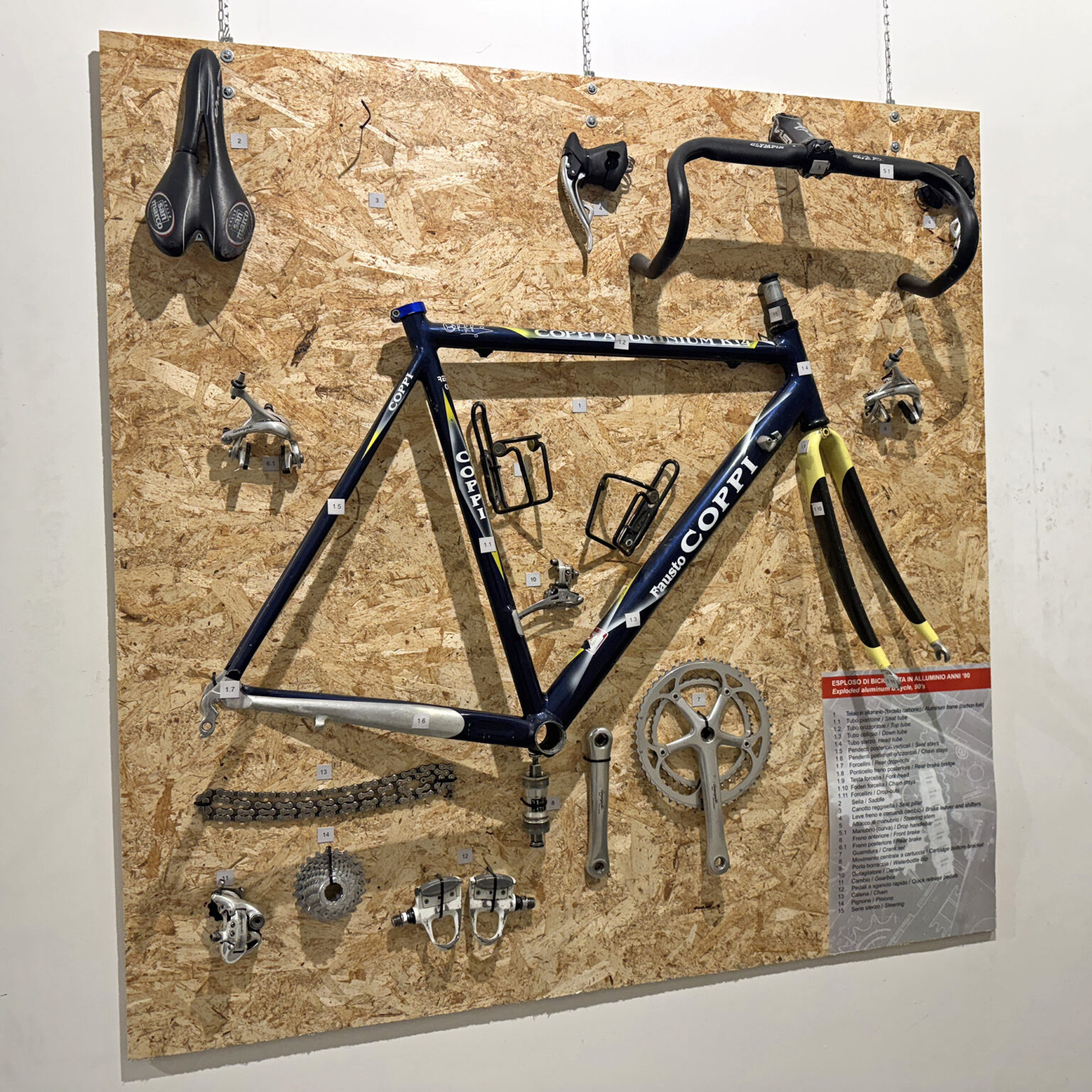
Tucked in a side hall of the Ghisallo Museum, I especially liked two exploded bike displays that highlighted how much had changed from the typical 1980s to 1990s race bikes.
Lugged steel to welded aluminum. Downtube shifters to integrated brake & shift levers. Freewheels to freehubs with cassettes. Toe clips to clipless. Threaded steel forks to threadless headsets & carbon forks. Simple curved bars to ergo bends, aero shapes & internal routing. Classic 1-piece leather saddles to modern ergonomic shapes, plastic shells & foam padding.
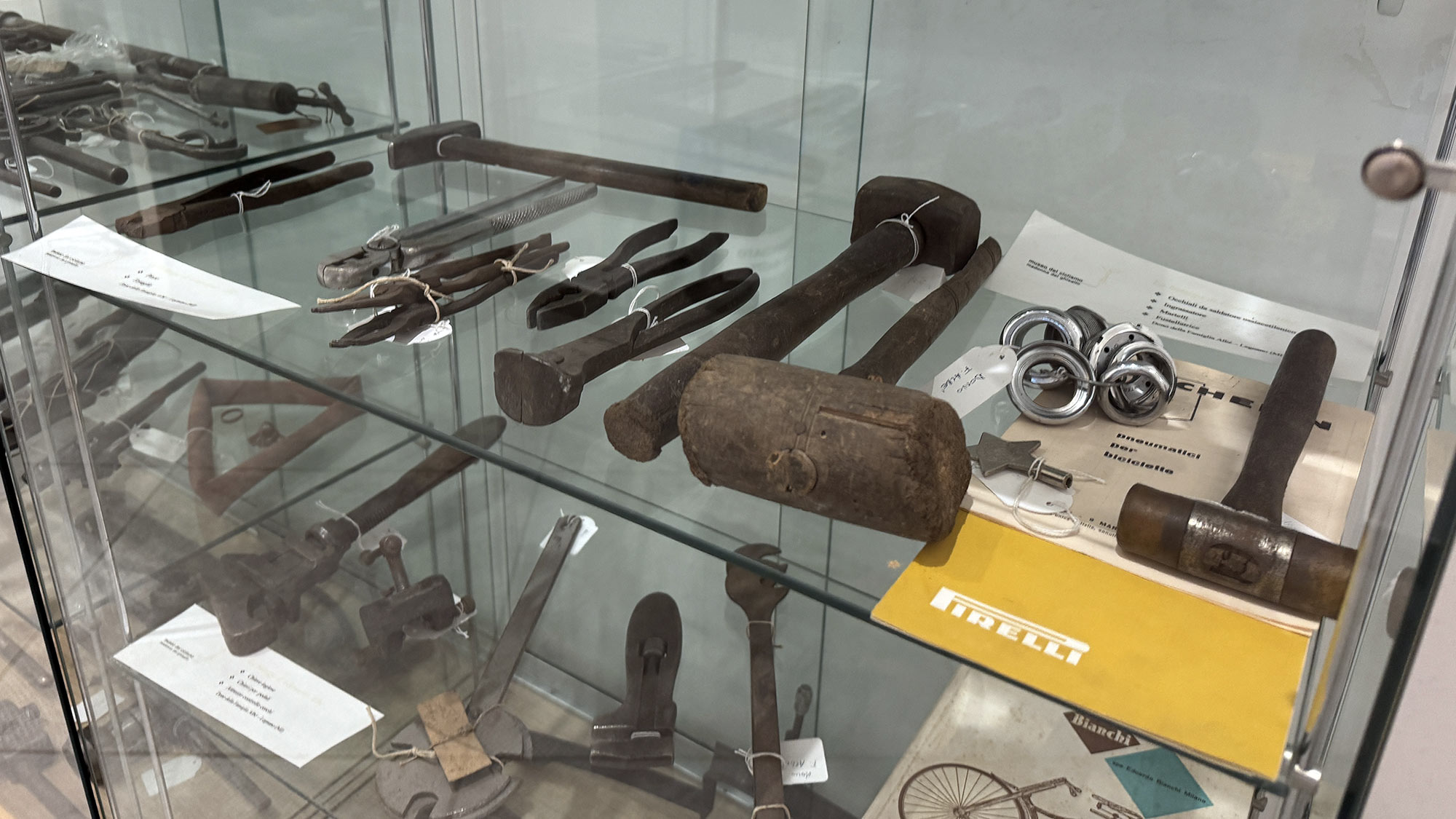
But some things stay the same.
I love to see purpose-built old tools. But just as much, I appreciate how important a hammer has always been to working on bicycles For some jobs, nothing beats a little percussive maintenance.


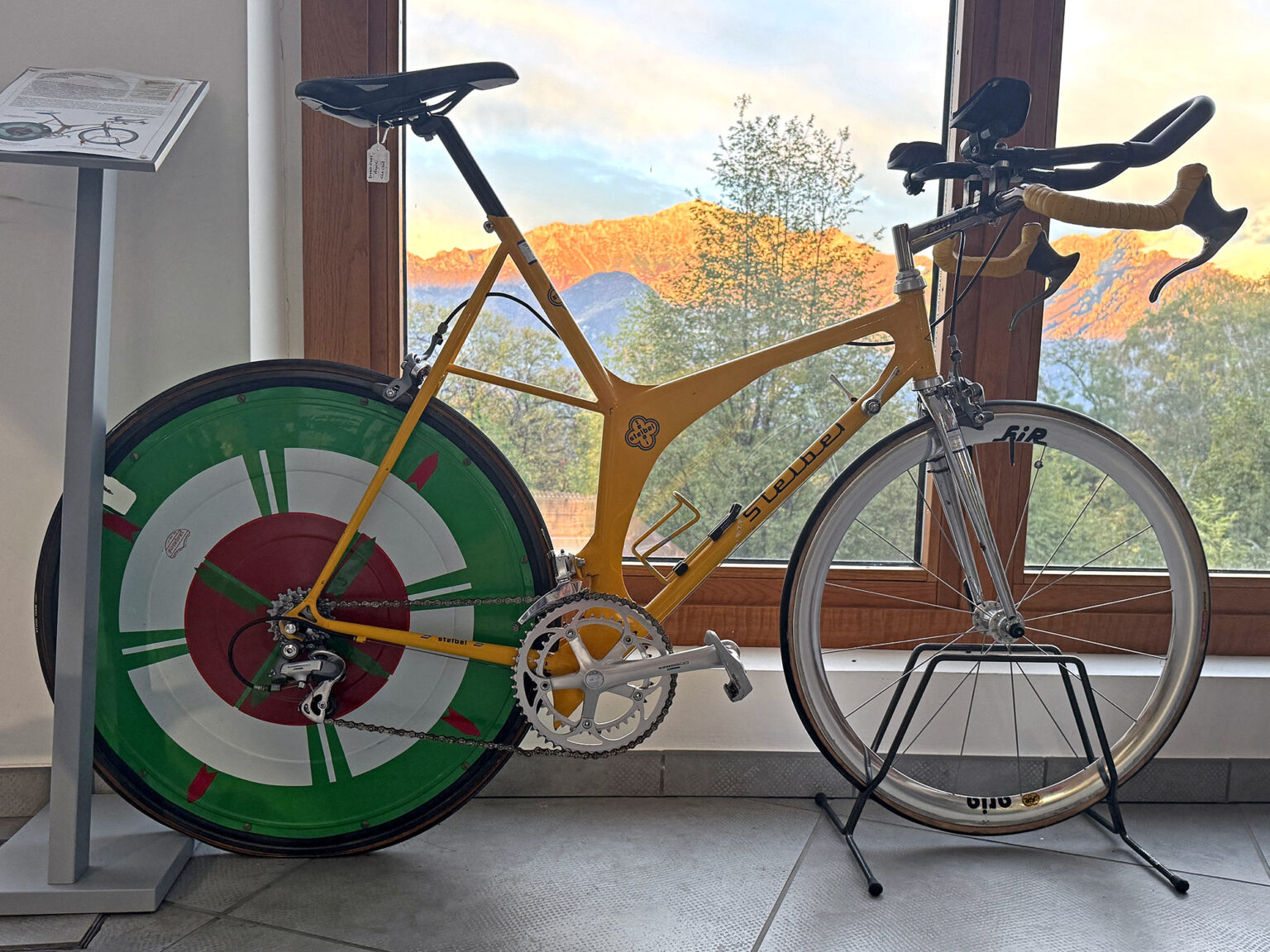
This is only really a glimpse of the treasure trove inside the Ghisallo Museum. Whether you want to track cycling history, nerd out like me on some of the esoteric details, or just ogle some oddities, Ghisallo has you covered.
Ride to the museum

If there’s any place you should ride a bike to for the best experience, it’s the Ghisallo Cycling Museum. It sits in a pass, up a scenic, twisting climb that rises above Lake Como in northern Italy. It is not an easy pedal per se, but there are plenty of options to make it harder or a little bit easier if you want. Then, you are rewarded with the iconic chapel dedicated to the patron saint of cyclists, the enthralling museum, and of course, a nice little cafe next door.
I was there to test ride a new, made-in-Italy road bike – coming soon. But apparently, you can even drive there and borrow (rent?) a bike directly from the museum to take in the scenery. Read the museum’s Ride page to learn more.
The post The 1st Aero Bike, 75yr-old Wireless 1x Campy Shifting? That & More in the Ghisallo Museum! appeared first on Bikerumor.


 2 days ago
6
2 days ago
6


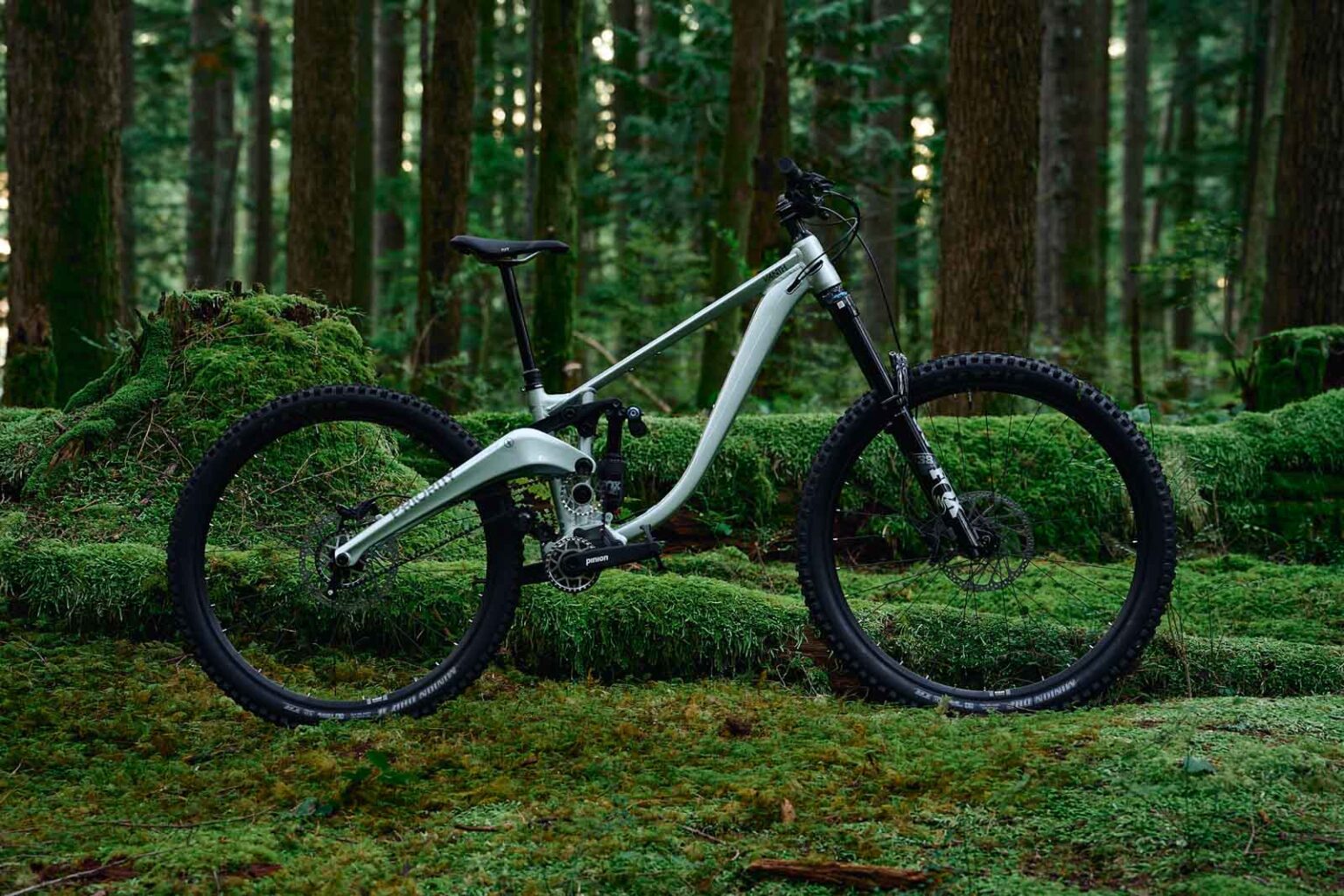

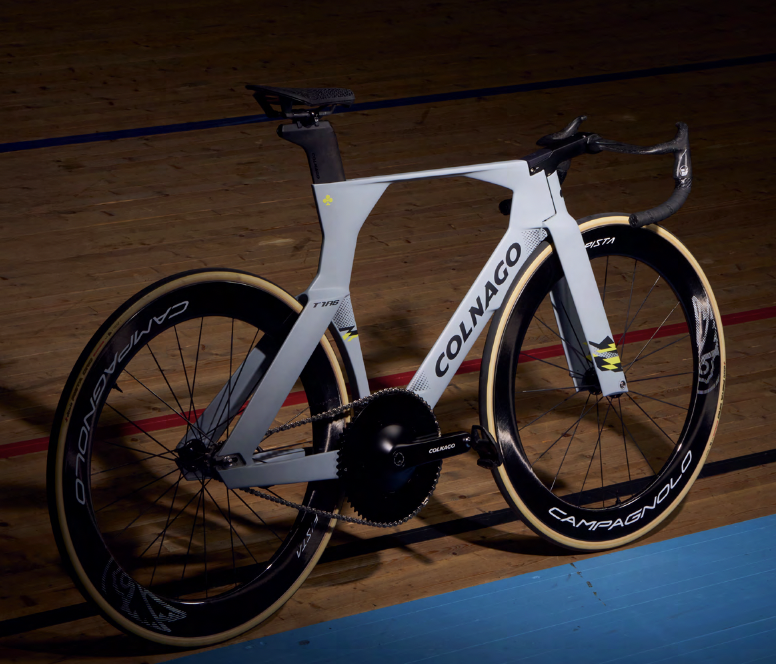



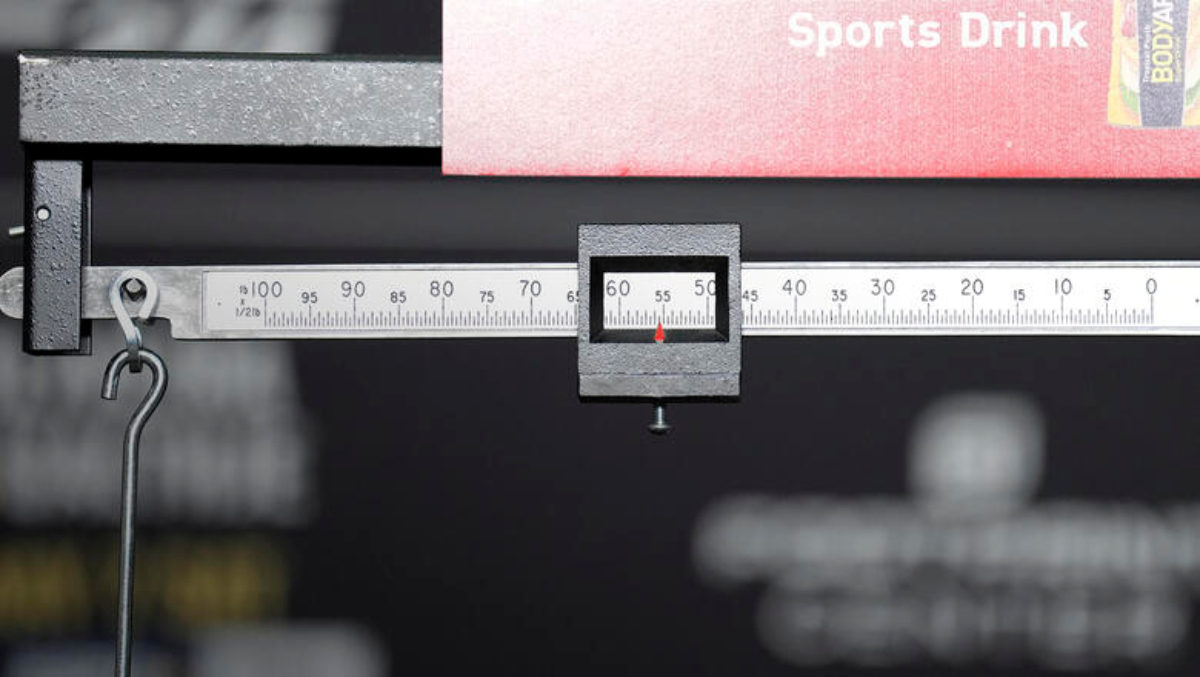








 English (US) ·
English (US) ·  French (CA) ·
French (CA) ·